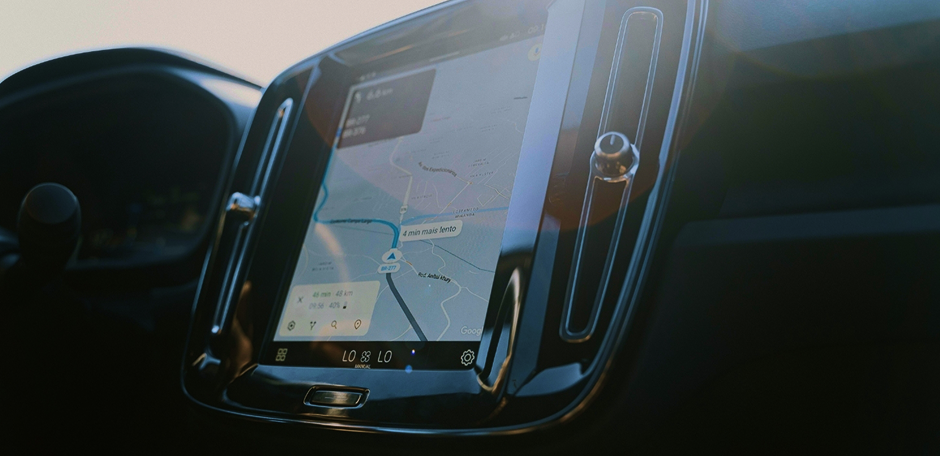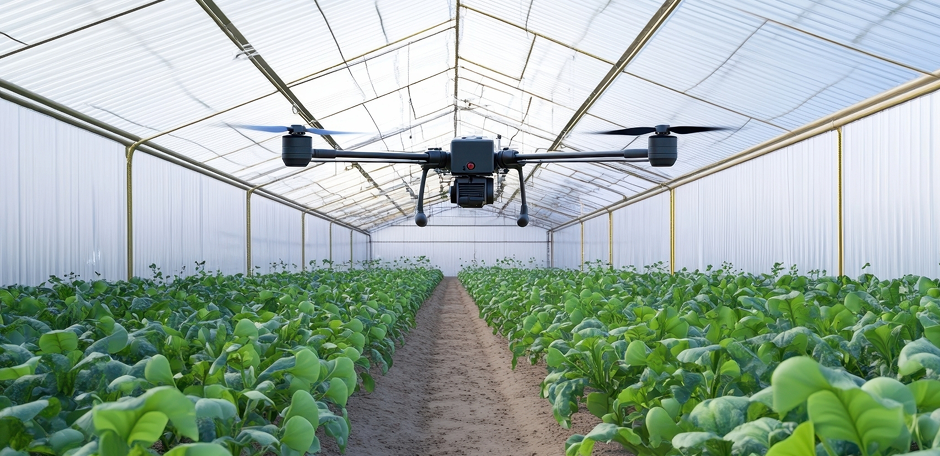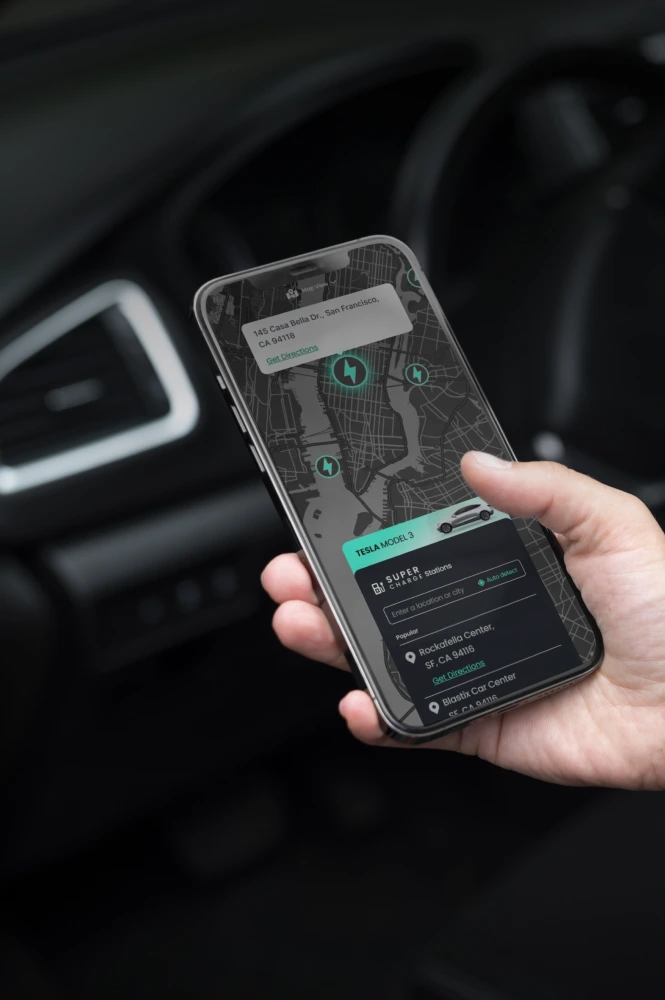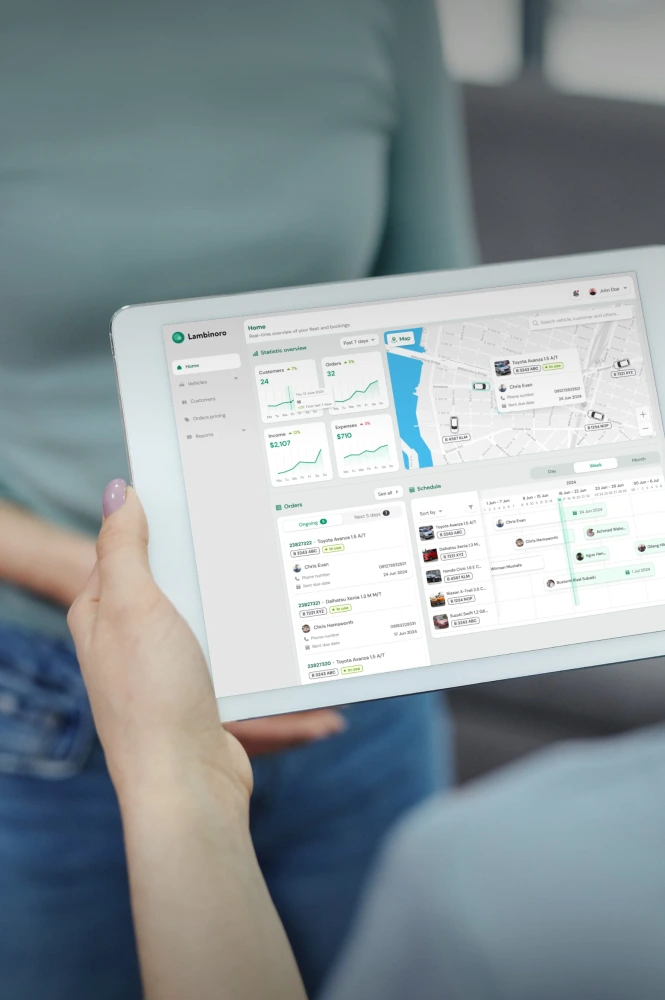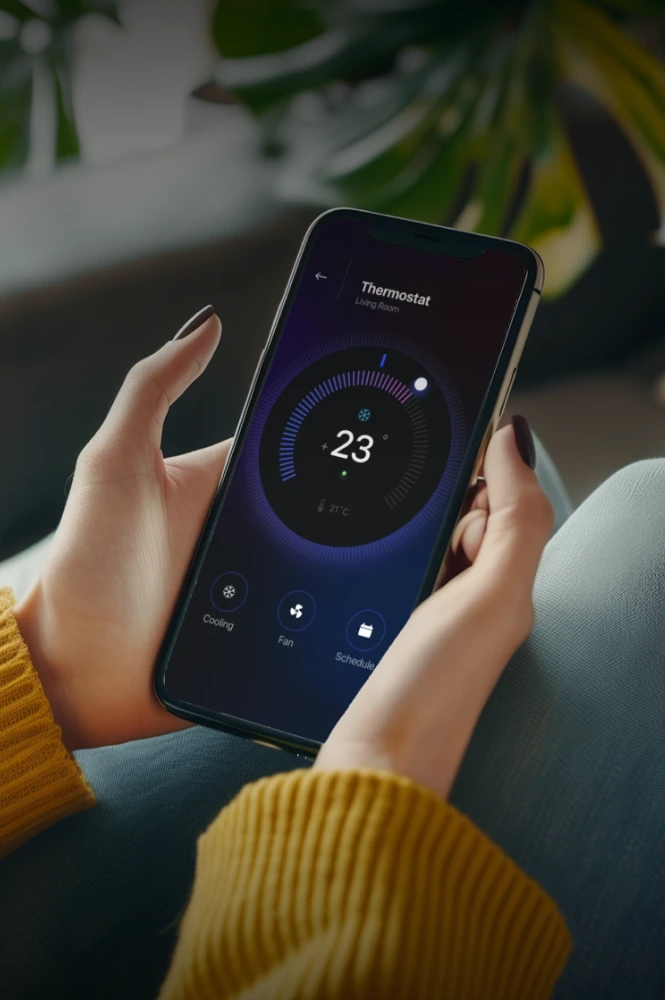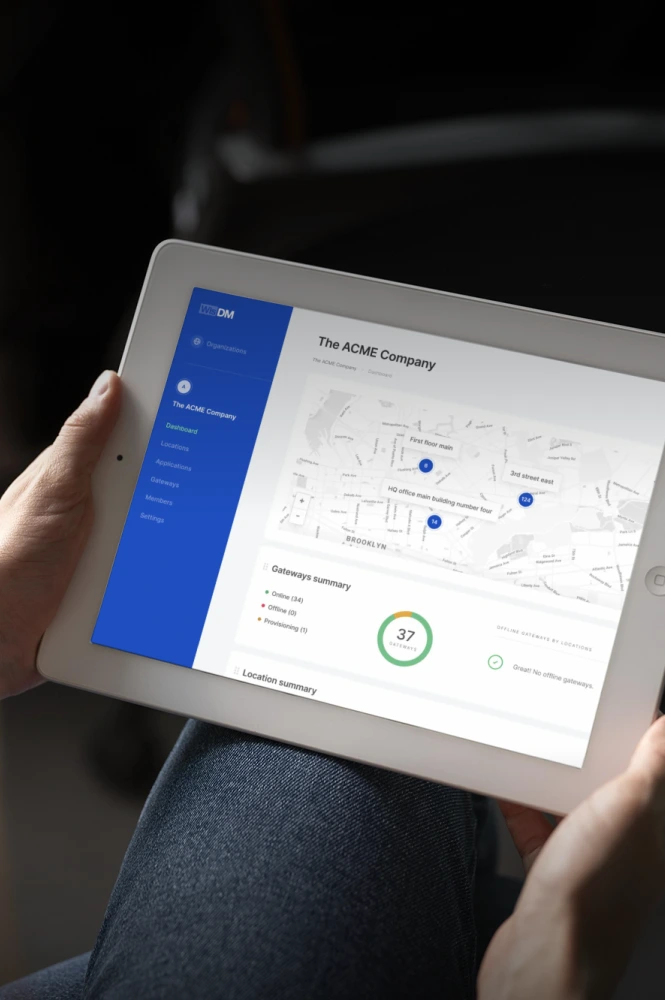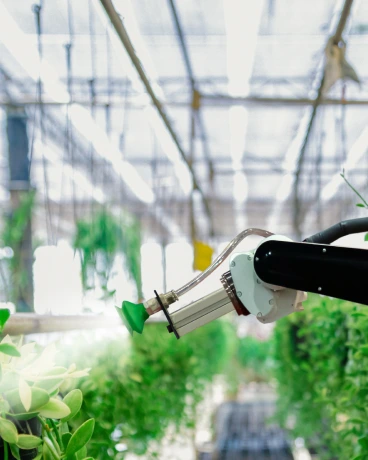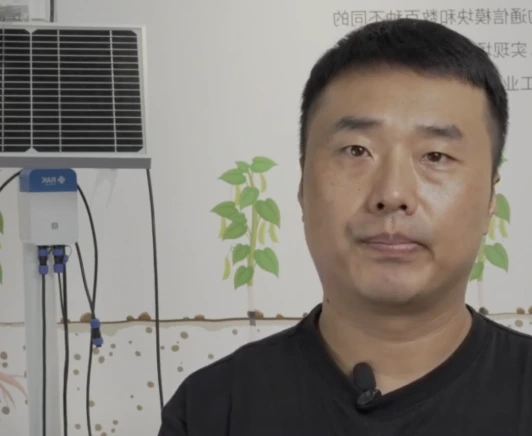
Internet of Things (IoT)
Services & Solutions
We build connected systems through end-to-end IoT services that are simple to manage and reliable in real-world use. Our focus is on making solutions clear and dependable.
Specialized IoT services Yalantis offers
-
IoT Product Development
LEARN MOREWe are an IoT solutions company that helps you bring connected products from idea to market.
- End-to-end development of connected products
- Cross-functional teams across hardware, firmware, cloud, and apps
- Scalable architectures tailored to your business goals
- Pilot, field testing, and production rollout support
-
Hardware Development
Learn moreWe deliver services for IoT that include hardware design, prototyping, and testing.
- Hardware and electronics design for specific device needs
- Custom PCB design and prototyping
- Component selection and BOM optimization
- Environmental and reliability testing
-
Embedded Development
Embedded Development
We design custom software solutions for IoT devices, with a focus on reliable performance and seamless connectivity.
- Development of scalable software for embedded systems.
- Expertise in real-time OS and low-level programming.
- Connectivity and interoperability for IoT ecosystems.
- Wireless protocols support: BLE, Wi-Fi, Zigbee, Thread, LoRaWAN, cellular
Firmware Development
We are an IoT technology company that designs secure, optimized firmware to extend device life and improve stability.
- Firmware architecture, drivers, and HAL development
- Secure boot and firmware signing
- OTA updates with rollback
- Power optimization and memory tuning
- Hardware-in-the-loop testing and CI
-
IoT Software Development
Learn moreOur IoT solution development services include cloud platforms, device management, and system integrations.
- Cloud backends for device messaging and data pipelines
- Device management, provisioning, and OTA update services
- APIs and integration with your systems (ERP/CRM/MES)
- Reliability, observability, and cost control built in
-
IoT Consulting
Learn moreAs a trusted IoT agency, we provide consulting backed by deep IoT expertise:
- Strategy and roadmap aligned to business goals
- Audit of current stack and legacy systems
- Risk, security, and compliance review
- Vendor and component selection with TCO analysis
-
IoT Security
Learn moreWe build complete IoT solutions with security measures at every layer, from devices to cloud and applications.
- Threat modeling for devices, cloud, and apps
- Identity, encryption, and key management
- Secure device onboarding and lifecycle management
- Monitoring, incident response, and compliance support
- Penetration testing and hardening
-
Rust Adoption
Learn moreWe use Rust to build safer and more reliable Internet of Things solutions.
- 5+ years delivering in Rust
- Migration paths from C/C++ with mixed-code support
- Training and code reviews for your team
- Performance tuning and memory safety goals
- Tooling, CI, and deployment setup
End-to-end IoT solutions we deliver
Challenges you can solve with our IoT-based solutions
Large device fleets
Manage thousands of IoT sensors from one centralized place within a click.
Too many manual steps
Automate key workflows to cut errors and keep critical operations running.
Unexpected downtime
Detect issues early and prevent outages from equipment or sensor faults.
Pilot-to-production gap
Scale your business up or down easily in any domain.
Success stories to show our expertise
Technologies we work with
-
Rust
-
C
-
C++
-
Kotlin
-
Bootloader
-
Linux Kernel
-
AWS IoT
-
Arduino
-
ESP32
-
STM32
-
NRF52
-
Zephyr
-
LoRaWAN
-
MQTT
Industry-specific IoT services
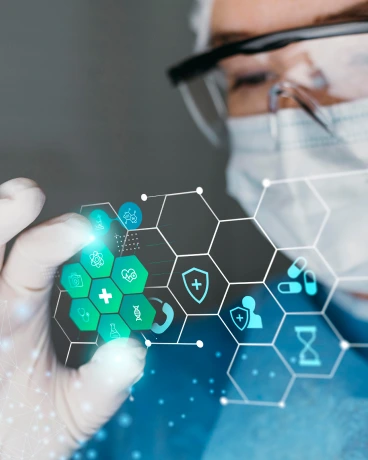
Healthcare
Enhance patient care and operational efficiency through connected medical devices, remote patient monitoring, and predictive analytics.


Industrial
Optimize production, ensure equipment uptime without breakdowns, and improve safety with IoT-powered asset monitoring and predictive maintenance.


Supply chain
Enable real-time tracking, inventory optimization, and seamless logistics with connected systems for greater transparency and efficiency.

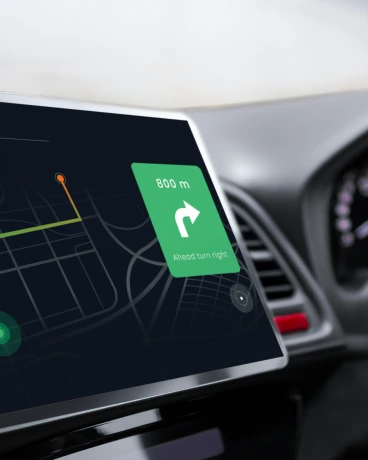
Automotive
Improve driving experiences and safety with connected vehicle systems, predictive maintenance, and autonomous technologies.

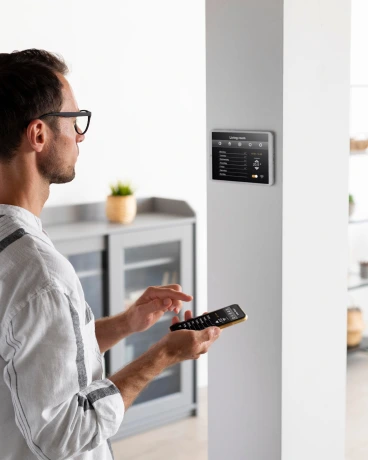
Smart home & building
Streamline smart living and sustainable operations through connected devices, energy management, and automated controls.

Testimonials from our clients
Benefits of partnering with Yalantis as an IoT services company
Proven experience
With over 15 years in software development, we build custom IoT solutions that fit into your current operations and stay reliable as your needs evolve.
Security that’s built in
We design each system with security in mind, giving you control over access and visibility into system activity to help you stay protected and compliant.
Solutions that scale with you
Whether you’re adding new devices or growing into new markets, we design systems that won’t hold you back when it’s time to grow.
Custom where it matters
We don’t push one-size-fits-all platforms. Instead, we shape custom IoT software solutions to match your goals and the way your system is set up.
Efficient use of your budget
Our specialists deliver smart IoT technology solutions you can launch quickly and adjust when needed, so you can move at your own pace without overspending.
A partnership that works both ways
We stay focused on what matters to you and take shared responsibility for providing smart IoT-based services that deliver real results.
FAQ
What business challenges can IoT services solve?
Operating with an experienced IoT services company helps to predict common pitfalls related to connectivity, security, and scalability while providing IoT services. We recommend proven design patterns, strict validation, and end-to-end integration across hardware and software layers. This helps to have fewer reworks, ensures system stability, and also helps avoid budget overruns or deployment delays.
What are the main stages of IoT solution development?
Essential stages include business analysis, system architecture, hardware and software development, testing, deployment, and support. From concept to post-launch optimization, Yalantis delivers end-to-end IoT services across the full product lifecycle.
How do you ensure a scalable and secure IoT architecture?
We design cloud-native, modular systems with layered security, data encryption, and secure firmware updates. Our IoT technology services ensure seamless scaling with no harm to performance, compliance, and device interoperability.
Are custom IoT services cost-effective in the long run?
The short answer is yes. Custom IoT service solutions are great for decreasing downtime, improving resource distribution quality, and automating essential processes. Over time, they increase ROI by cutting waste, boosting productivity, and enabling smarter strategic decisions.
What IoT platform features does Yalantis offer as an IoT solution provider?
That really depends on what you’re trying to achieve. We can build core features such as remote access, device onboarding, system monitoring, alerting, and data handling, all shaped around your specific use case. If you’re already using a platform, we can work with it. If not, we can help design one that fits your workflow and technical environment.
How do Yalantis IoT solutions help ensure security and compliance?
We make sure security and compliance are part of the process from the very beginning. That includes using encrypted connections, picking the right architecture for your specific industry, and making sure the solution aligns with the standards you need to meet, whether it’s HIPAA, GDPR, MDR, or others. This way, you won’t be dealing with last-minute fixes or unexpected issues during audits.
Which IoT solutions can help me manage multiple IoT devices efficiently?
If you’re working with a growing number of devices, we can help you set up a system that makes it easy to onboard, monitor, and update them remotely. You’ll be able to track status, push updates, and keep things organized without needing to manage each device one by one.
Contact us
Tell us about your project & get expert advice

got it!
Keep an eye on your inbox. We’ll be in touch shortly
Meanwhile, you can explore our hottest case studies and read
client feedback on Clutch.

Nick Orlov
Engagement Manager
Your steps with Yalantis
-
We get on a call
-
We discuss your project
-
We prepare and offer you our solution
-
We start our way to achieving our goals!


